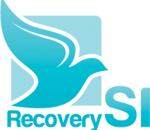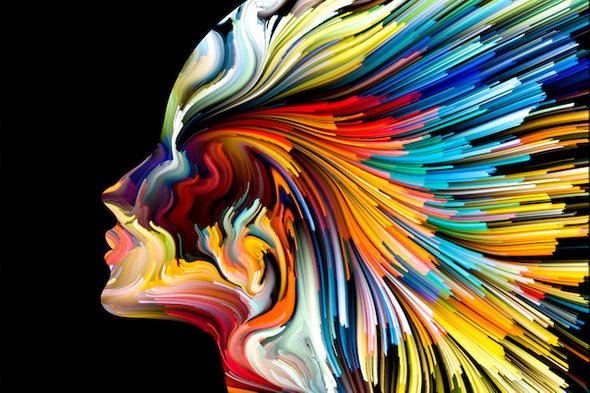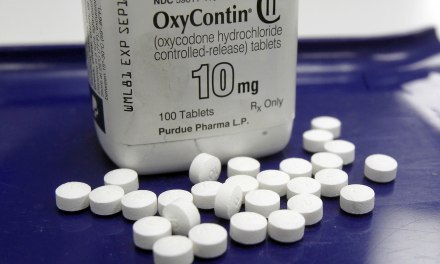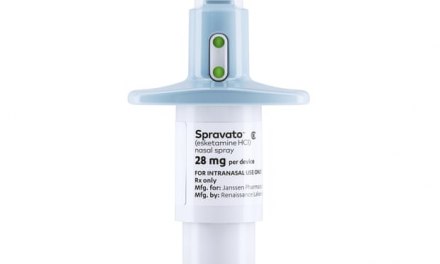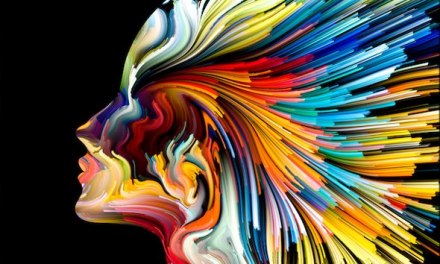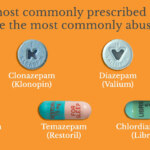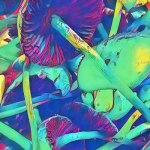Here it comes: The first college undergraduate degree program in “psychedelic studies.”
California university to expand student minds with new psychedelic studies course
The institution– the California Institute of Integral Studies– mostly offers graduate programs, but this one will lead to a Bachelor’s degree. BA and BS degrees ordinarily attract younger students, so perhaps that’s why the school goes to considerable lengths to reassure candidates (and their parents?) that “at no time does the program promote or require the use of psychedelic drugs in any manner.”
The two students interviewed for the article, however, turn out to be adults who have prior experience of hallucinogen use. Both participated in ayahuasca ceremonies, one of which also included the psychedelic substance mebufotenin, produced by the Sonoran desert toad (boxer Mike Tyson is a fan).
You may recall that a couple of summers back, desert authorities were begging Park visitors to stop chasing down and licking the toads for the hallucinogenic effects. Turns out it’s not good for the animals.
Interest in the new degree program appears high, although I don’t how long that will continue. I can’t see too many career choices for a BA grad in psychedelics, outside of something related to their favorite hallucinogens.
The real question for me: How much of a role can psychedelic experiences expect to play in the larger field of contemporary medical practice? Because that’s where jobs will be.
I see a number of practical barriers to overcome. For instance, the need to ensure safety by restricting use to a controlled setting, under medical supervision. That sounds both expensive and time-consuming, making it less attractive to third-party payers such as insurance companies. I imagine a large-scale provider of psychedelic therapy might prefer to use a synthetic hallucinogen, rather than rely on a limited supply of naturally-occurring substances.
All these are limiting factors on the ultimate success of any medical treatment. So my guess is where legal (probably not every state), it would be a tool reserved for special situations.
From my viewpoint, that’s probably a good thing. There are too many examples in the literature of people experiencing adverse reactions and/or undesirable consequences from hallucinogen use. We don’t want to deny that reality, the way we did with opioids during the run-up to the prescription drug epidemic.
And risk a colossal mess as a result.
